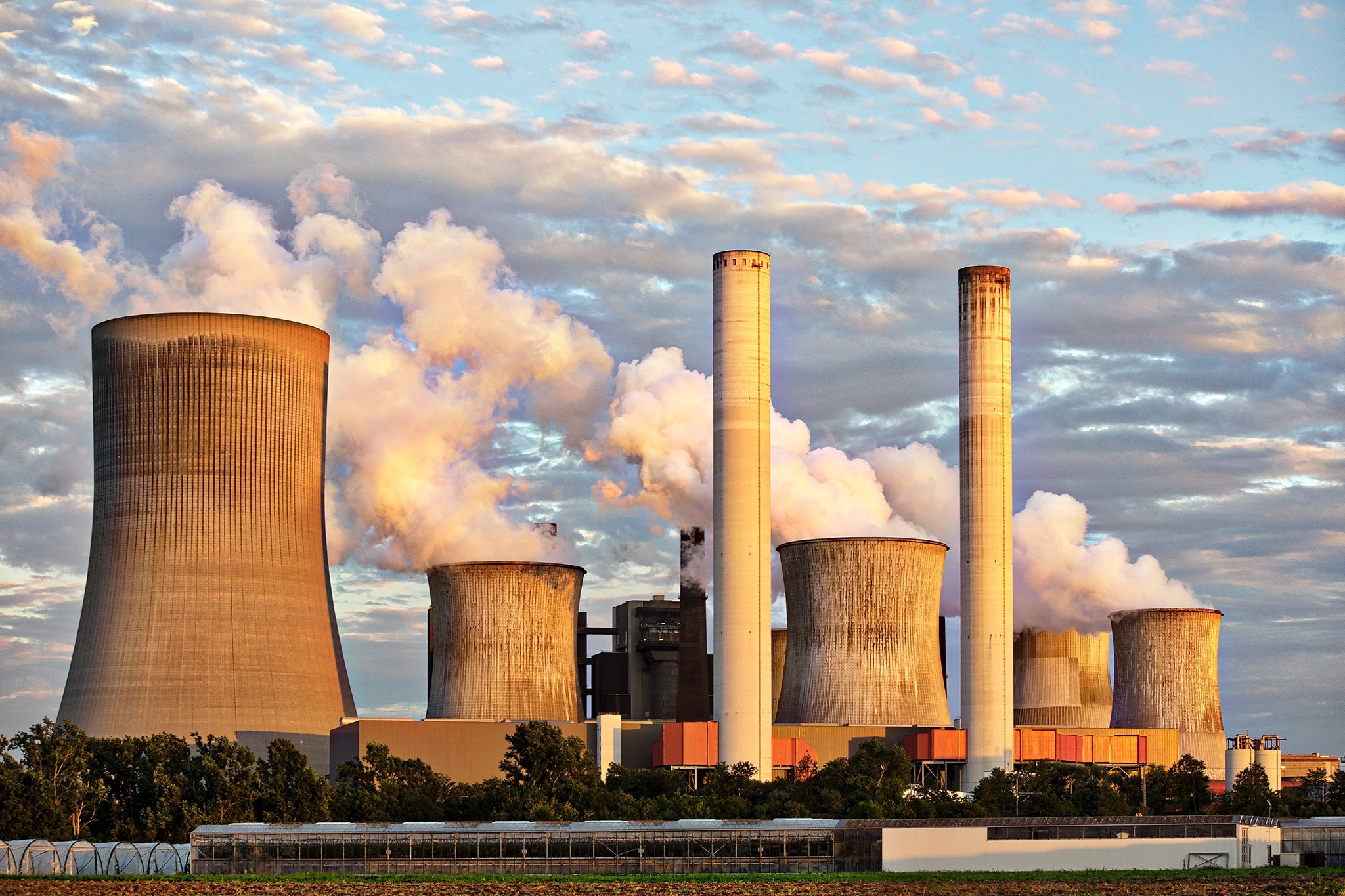UK's Energy Profits Levy: A New Era for North Sea Oil and Gas
The UK government is increasing the windfall tax on North Sea oil and gas producers from 35% to 38% and extending the levy by one year. This move aims to fund renewable energy projects while affecting investment strategies in the North Sea basin. Companies are adjusting their operations accordingly.

The British government announced an incremental rise in the windfall tax applied to North Sea oil and gas producers, now set at 38%, up from 35%. This was revealed by finance minister Rachel Reeves while delivering the Labour government's inaugural budget.
Effective from November 1, the updated Energy Profits Levy will prolong its reach to March 2030, making the overall tax burden on oil and gas activities a staggering 78% - one of the globe's steepest. Despite this remarkable hike, shares of North Sea producers, notably Harbour Energy and Serica Energy, experienced an uptick.
Aimed at diverting revenue into renewable energy initiatives, this tax poses fresh challenges and reactions from producers, hinting at modifications in investment plans and even exits from the North Sea. The policy also raises uncertainty for post-2030 oil and gas project approvals.
(With inputs from agencies.)










